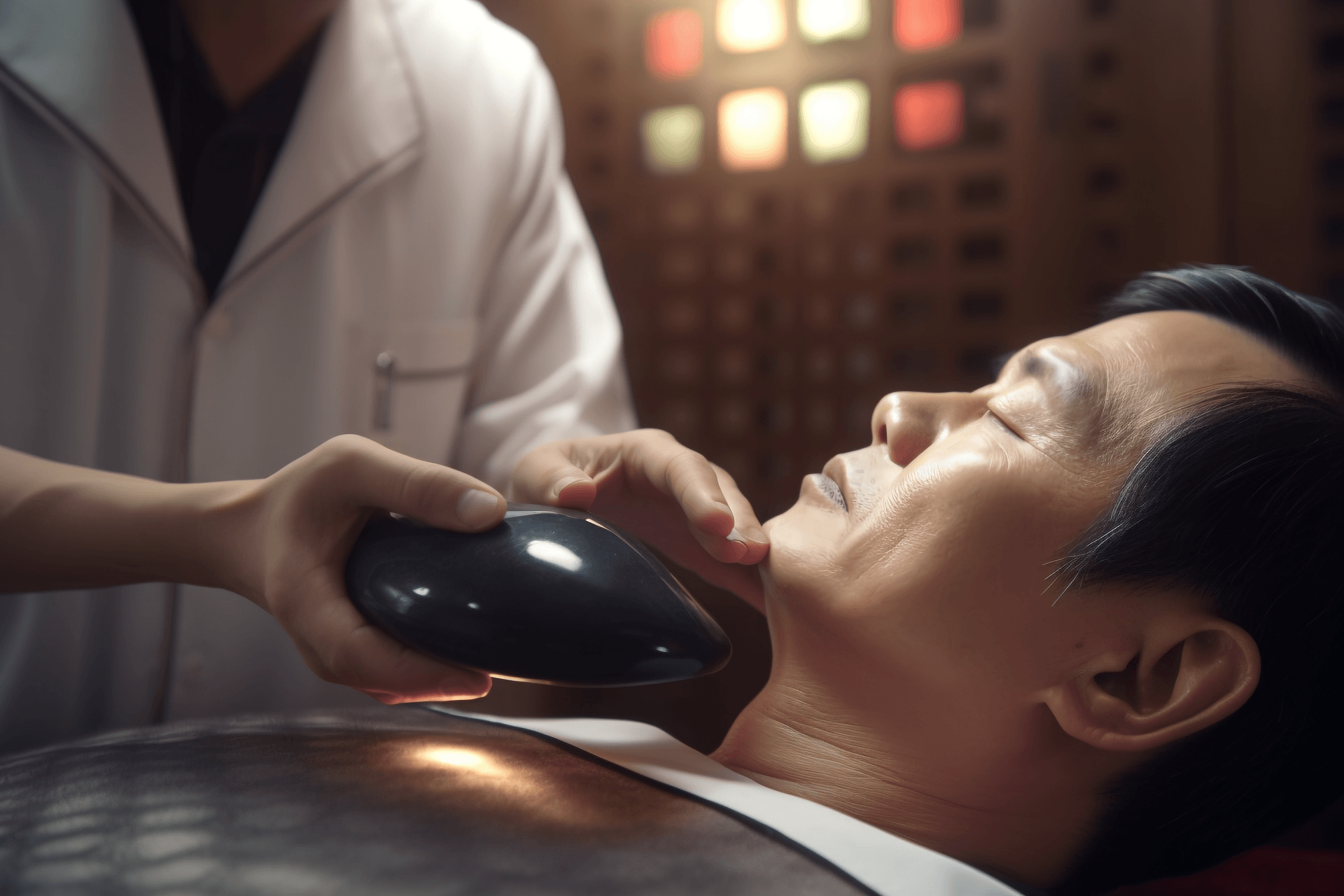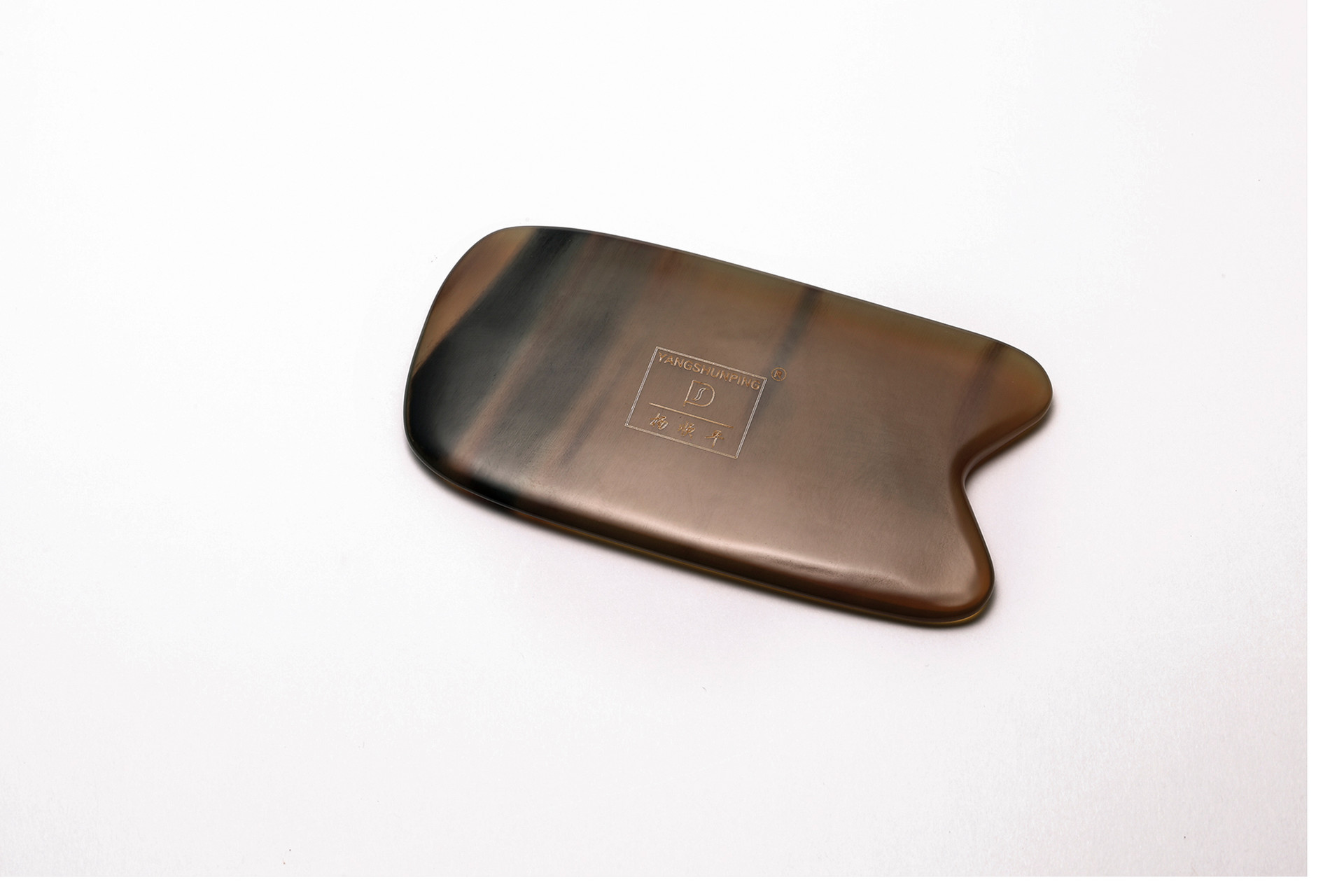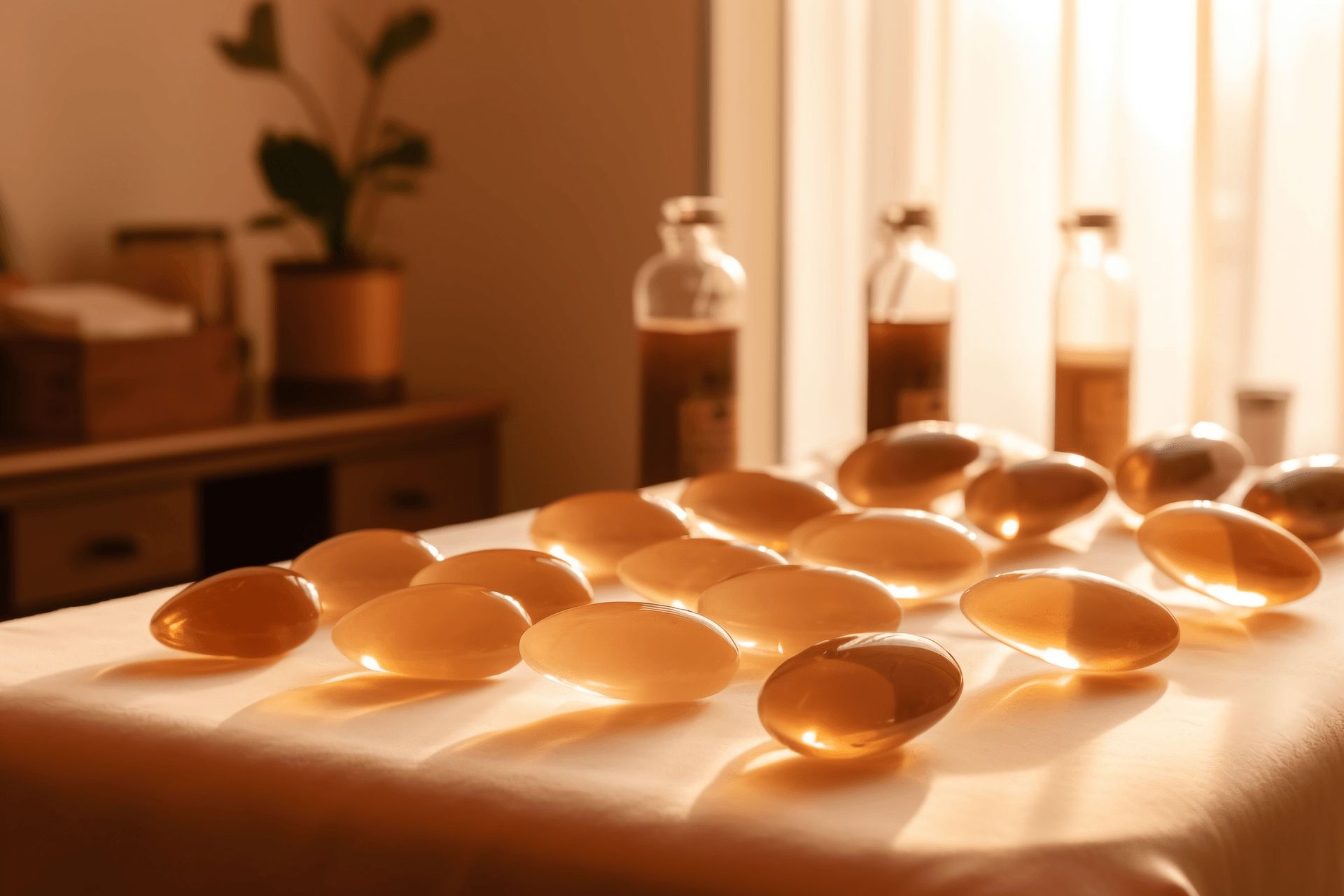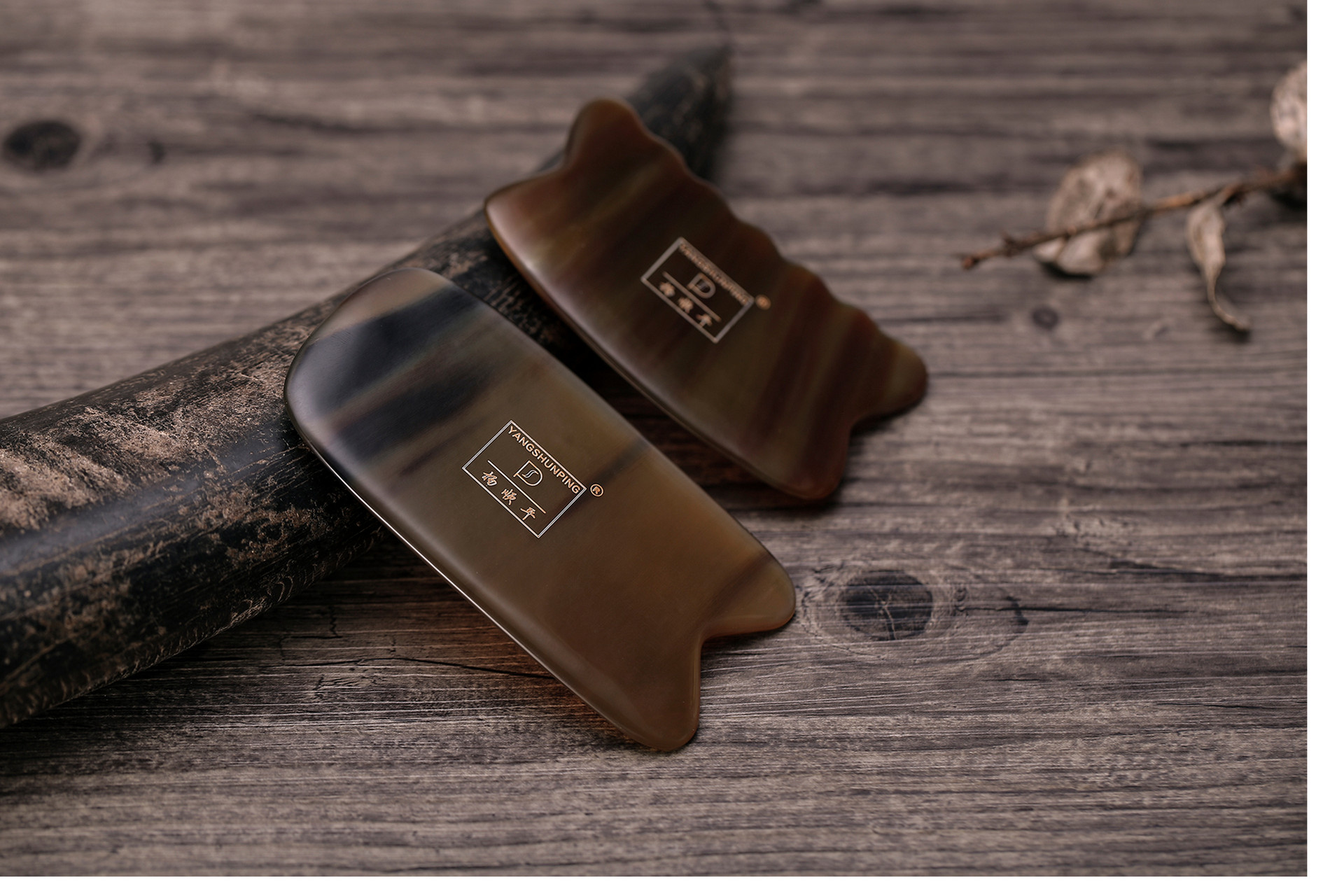Many people often ask me questions like "Does scraping therapy only have a purging effect and no tonifying effect?" "Is the appearance of sha (reddish marks) on the skin a result of subcutaneous bleeding?" "Is it better to have more sha during scraping therapy?" Let me answer a few common misconceptions about scraping therapy.
Scraping therapy only has a purging effect and no tonifying effect?
Scraping therapy, also known as "bianfa" in Chinese medicine, is a traditional therapeutic method that has been practiced for thousands of years. It is one of the "four methods" recorded in ancient texts, along with acupuncture, moxibustion, and herbal medicine. Scraping therapy is considered the most convenient treatment method because it does not require special tools or materials. It can be performed anywhere and anytime as long as one understands the principles of medicine and meridians. The principle of "tonify when deficient and purge when excessive" is a basic principle in Chinese medicine and also applies to scraping therapy. Although scraping therapy does not directly introduce tonics or purgatives into the body, it can stimulate certain areas of the body's surface through specific scraping techniques to promote or inhibit the body's functions. Therefore, scraping therapy is not solely about purging; it can also tonify the body depending on the technique used.
Is the appearance of sha a result of subcutaneous bleeding?
Many people debate whether sha, the reddish marks that appear on the skin during scraping therapy, is caused by damage to the capillaries and subcutaneous bleeding. However, according to Chinese medicine, sha is the result of pathogenic factors overflowing from the meridians and accumulating subcutaneously. It appears in various forms, such as scattered dots, dense clusters, or merging patches, and is also referred to as "toxic sha." Sha is the extracellular blood that contains toxins, and the process of sha appearing is a process of detoxification.
In Western medicine, it is believed that in many diseases, toxins and toxic substances are produced due to the invasion of bacteria and viruses. These metabolic byproducts cannot be eliminated from the body in a timely manner, resulting in varying degrees of retention of internal toxins, which can harm the body's health. These toxins can cause abnormal permeability of capillaries, leading to congestion or the appearance of congestion points beneath the mucous membranes and skin. This aligns with the understanding of scraping therapy mechanisms in Chinese medicine.
Clinically, it has been observed that healthy individuals may not have sha after scraping, while those with latent diseases may develop sha. The location, color, and shape of sha can vary depending on the affected area, the severity of the condition, and the duration of the illness. There are certain patterns and relationships between the location, color, and shape of sha for the same condition, which are directly related to the distribution of meridians, holographic acupoints, and the pathological state of the viscera and meridians.
Is it better to have more sha during scraping therapy?
Some people believe that sha is a sign of detoxification, so is it better to have more sha during scraping therapy? When performing scraping therapy, we should adopt a methodical and gentle approach to achieve clinical results through penetrating the skin and reaching the bone. It is important to avoid using excessive force to forcefully produce sha. However, it is also important to avoid superficial scraping that only affects the outer layer of the skin, as this will not have therapeutic effects and may cause edema or skin damage. Each scraping stroke should be performed at a consistent speed and with a stable force, avoiding sudden changes in pressure or uneven strokes. Some individuals who are overweight, have well-developed muscles, or have insufficient qi and blood may not easily develop sha. Areas such as the abdomen, head, and face are also less prone to developing sha. Therefore, it is important not to blindly use excessive force during scraping therapy. The so-called instrument scraping therapy offered in beauty salons, which results in a uniformly reddened body and the same pattern of sha on every part of the body, without considering individualized diagnosis and meridian pathways, is not recommended.








